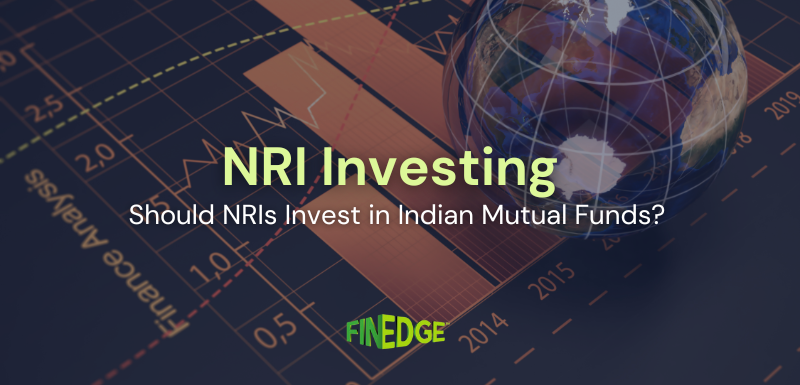Are Debt Mutual Fund Investments Risky?

Propelled by AMFI’s impactful “Mutual Funds Sahi Hai” campaign, hordes of investors channelized their low-risk moneys from traditional instruments such as Bank Fixed Deposits, into Debt Mutual Fund Investments last year.
However, things have not quite turned out as well as they would have expected, as a confluence of local and global factors have kept debt mutual fund returns muted for nearly a year and a half now. Now (probably a tad too late), these investors are waking up to the fact that debt mutual fund investments are not exactly the risk-free propositions that they believed them to be. The short answer to the question “Are Debt Mutual Fund Investments Risky?” would be – no, they are essentially low risk. However, they aren’t risk-free, as many imagine them to be. Here are the four main types of risks that debt mutual fund investors must understand.
Interest Rate Risk
Interest Rate Risks are not understood clearly by most debt mutual fund investors, who do not realise that bonds, like stocks, can go up or down in price. When the RBI raises rates (or the consensus believe that it is going to raise rates), bond prices fall – and vice versa. This phenomenon is known as interest rate risk. In the past years and a half, we have witnessed many debt funds giving poor returns because of interest rate risk, which especially plagues those funds that invest into higher maturity bonds.
Credit Risk
Credit Risk is more easily understood by most Mutual Fund investors. Bonds, essentially being a loan that is extended from the bond purchaser to the issuer, carry the fundamental risk of the issuer not paying back due to their financial condition having deteriorated. If the Mutual Fund Investment that you have made carries a bond that defaults in this manner, your fund’s NAV will take a hit, leading to a dip in the value of your investment.
Reinvestment Risk
Reinvestment Risk refers to the risk of your fund manager having to reinvest your money into lower coupon (interest) bonds when the current set of bonds mature. Typically, this is a risk that is intrinsic to bond funds that follow a ‘buy and hold’ modus operandi, such as FMP’s (Fixed Maturity Plans). In such funds, if coupon rates fall by the time the current set of bonds mature, your money will earn lower returns in the next tranche.
Sovereign Risk
As the name suggests, this is the risk that the entire country’s economy goes belly-up and their government bonds start defaulting. We had such a default in India in 1972, and closely averted one in 1991 by depreciating the currency by a whopping 50%! Such a catastrophic event, although rare, can have a massive cascading effect on all bonds, and bring down your debt fund NAV’s in tow.
Your Investing Experts
Relevant Articles
Responsible Credit Card Usage: Three Principles Every Consumer Should Follow
Credit cards are powerful financial tools when used correctly, offering convenience, rewards, and short-term liquidity. But when used without discipline, they can quickly turn into high-interest liabilities. Understanding a few essential principles can help you manage your cards responsibly, maintain a strong credit score, and avoid stress caused by compounding debt.
Types of Debt Funds in India
Debt funds in India offer something for everyone, from overnight investors to those with long-term goals. Knowing the types of debt funds can help you align your choices with your financial plan.
Should NRIs Invest in Mutual Funds in India?
India’s economy is entering a powerful growth phase, and NRIs have a unique chance to be part of it. Mutual funds make it simple, transparent, and goal-driven to participate in this long-term opportunity.
.png)
.png)
.png)
